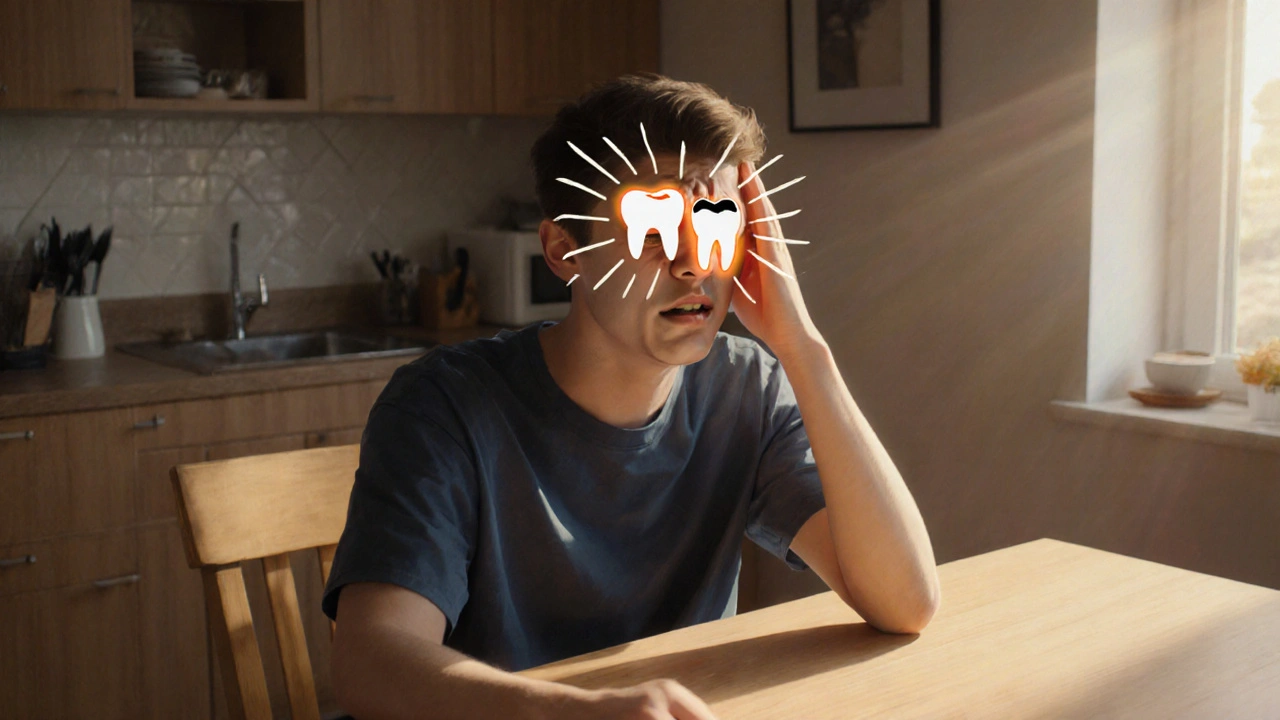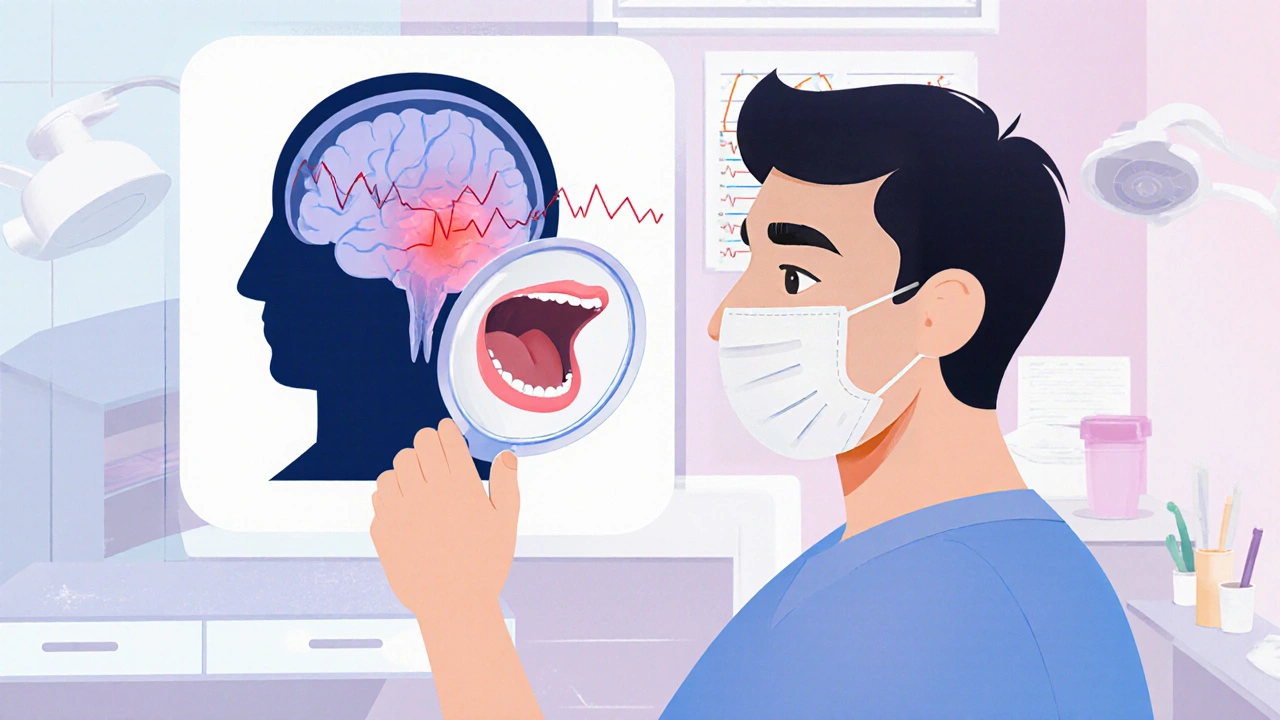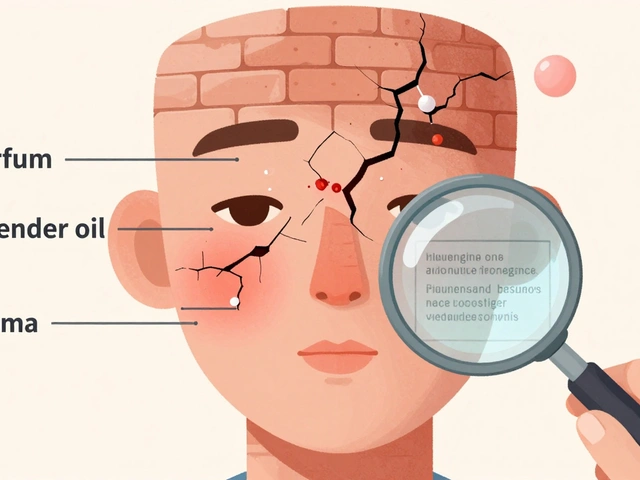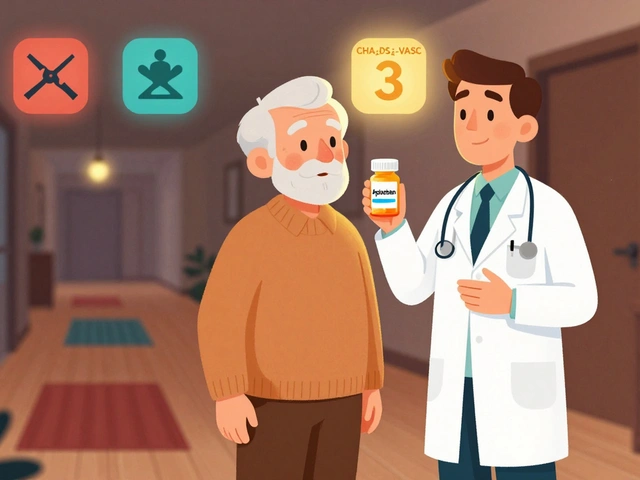
Dental-related headache is a type of headache that originates from dental or oral‑health problems, often felt as pain radiating from the teeth, jaw, or gums up to the temples or forehead.
When you’ve ever woken up with a throbbing head and a sore jaw, you’ve experienced the link between headaches dental issues in action. Below we break down the most common dental culprits, how the pain travels, how to get a correct diagnosis, and what you can do to stop the cycle.
Dental Issues Most Frequently Behind Headaches
- Temporomandibular joint disorder (TMJ) is a musculoskeletal condition affecting the joint that connects the jaw to the skull. It produces clicking, limited opening, and often a dull, aching headache behind the ear.
- Bruxism is a habit of grinding or clenching teeth, usually during sleep. The sustained muscle tension can trigger tension‑type headaches.
- Malocclusion is a misalignment of the bite that forces certain teeth to contact improperly. Uneven pressure can cause facial muscle strain and referred head pain.
- Tooth abscess is a localized infection at the root of a tooth. The pus and inflammation may irritate the trigeminal nerve, resulting in sharp, throbbing headaches.
- Sinusitis secondary to dental infection is a condition where an infected upper tooth spreads bacteria into the maxillary sinus, causing pressure‑type head pain.
- Cervical spine tension linked to dental posture is a muscle strain in the neck that can arise from an improperly positioned bite. It often presents as a band‑like headache across the scalp.
Why the Pain Travels - Anatomy of Referred Headache
The oral cavity shares nerve pathways with the head. The trigeminal nerve (cranial nerve V) supplies sensation to the teeth, gums, and jaw, as well as the forehead and scalp. When an inflamed tooth or a tight jaw muscle activates this nerve, the brain can misinterpret the source, a phenomenon called "referred pain." Similarly, the cervical spinal nerves (C2‑C4) connect neck muscles to the occipital region, meaning a bad bite can tug on neck muscles and launch a headache.
Diagnosing a Dental‑Related Headache
- Take a detailed history - note when the headache starts, its location, and any recent dental work or grinding.
- Perform oral examination - check for tenderness of the jaw, clicking sounds, swollen gums, or visible decay.
- Use imaging - panoramic X‑rays, cone‑beam CT, or MRI can reveal abscesses, sinus involvement, or TMJ arthritis.
- Differentiate from primary headaches - migraine typically includes nausea and light sensitivity, while tension‑type headaches lack dental triggers.
When the dental origin is confirmed, treating the underlying issue often resolves the headache faster than medication alone.
Treatment Options - From Dental Fixes to Symptom Relief
- Dental restoration: filling cavities, root‑canal therapy, or extracting a hopeless tooth removes the source of infection and nerve irritation.
- TMJ therapy: splint appliances, physical therapy, and gentle jaw exercises reduce joint stress.
- Night guard for bruxism: a custom‑made occlusal guard distributes bite force and relaxes the masticatory muscles.
- Antibiotics for abscess or sinusitis: short‑course prescriptions clear infection and prevent spread.
- Adjunctive pain relief: non‑steroidal anti‑inflammatory drugs (NSAIDs) can calm acute inflammation while dental treatment takes effect.

Prevention - Keeping Your Mouth and Head Pain‑Free
- Maintain regular dental check‑ups - early detection of decay or bite issues cuts off headache triggers.
- Practice good oral hygiene - brushing twice daily and flossing reduces bacterial load that could cause infections.
- Manage stress - relaxation techniques lower bruxism and muscle tension.
- Use a night guard if you grind - even a boil‑and‑bite guard can prevent overnight clenching.
- Correct posture - keeping the neck aligned reduces cervical strain linked to bite problems.
Comparison: TMJ Disorder vs. Tooth Abscess in Causing Headaches
| Attribute | TMJ Disorder | Tooth Abscess |
|---|---|---|
| Typical Headache Location | Temples, behind ear, jawline | One side of forehead, near affected tooth |
| Pain Quality | Dull, throbbing, worsens with chewing | Sharp, stabbing, worsens with temperature change |
| Associated Signs | Clicking joint, limited mouth opening | Swelling, fever, foul taste |
| Primary Treatment | Physical therapy, splint, NSAIDs | Root‑canal or extraction + antibiotics |
Related Concepts Worth Exploring
Understanding dental‑related headaches opens the door to several adjacent topics: migraine triggers (like hormonal changes), the role of sleep apnea in nighttime grinding, the impact of posture on cervical tension, and how chronic stress fuels both muscle clenching and gum disease. Readers interested in the broader picture can later dive into "Stress‑Induced Tension Headaches" or "Oral Health and Systemic Inflammation."
Frequently Asked Questions
Can a simple cavity cause a headache?
Yes. When decay reaches the pulp, it can inflame the trigeminal nerve, sending pain signals up to the head. Treating the cavity usually clears the headache quickly.
How do I know if my headache is from TMJ or a migraine?
TMJ headaches are often linked to jaw movement, clicking sounds, and tenderness over the joint. Migraines typically include nausea, visual aura, and sensitivity to light, without a clear jaw connection.
Is a night guard safe for everyone?
Most adults can wear a custom‑fit guard without issue. Children and people with severe bite misalignment should first consult a dentist to ensure the guard won’t cause new problems.
Can sinus infections from dental sources be treated without antibiotics?
If the sinusitis is purely inflammatory after a dental procedure, saline rinses and nasal steroids may suffice. However, any sign of bacterial infection-fever, thick yellow discharge-warrants antibiotics.
What lifestyle changes help prevent dental‑related headaches?
Regular dental check‑ups, proper brushing/flossing, stress‑reduction techniques (yoga, meditation), ergonomic workstation setup, and using a night guard if you grind are all proven to lower the risk.






19 Comments
Dental-related headaches are often overlooked, yet the anatomical connections are quite straightforward. The trigeminal nerve serves both the oral cavity and the cranial region, which explains why a sore tooth can manifest as a frontal ache. Proper diagnosis typically involves correlating dental examinations with headache patterns, and imaging can confirm the source.
What most people don’t realize is that the dental industry has a vested interest in keeping these connections vague. By promoting generic painkillers instead of exposing the true dental origins, they ensure a continuous market for pharmaceuticals. It’s all part of a larger scheme to keep patients dependent.
Wow, this article really clears up a lot! 😊 It’s amazing how something as simple as a misaligned bite can cause such intense head pain. I’ll definitely book a check‑up and maybe get a night guard. Thanks for the detailed breakdown! 🌟
When we consider the pain of the jaw as a mirror reflecting deeper unrest, the teeth become symbols of the battles we wage within. The grinding at night is not merely a habit; it is a manifestation of stress that we project onto our own bodies. By addressing the root cause-both literal and metaphorical-we can break the cycle of suffering and reclaim equilibrium.
Interesting take, but let’s not forget that many of these so‑called “dental fixes” are just profit‑driven gimmicks. You can’t rely on a splint to solve everything; sometimes it’s just a band‑aid while the real problem-our over‑reliance on industrial food-gets ignored. A true solution starts with a return to natural chewing and less processed sugar.
Great info! If you’re dealing with frequent headaches, schedule a dental visit early in the year. Maintaining good oral hygiene and regular check‑ups can catch issues before they turn into painful headaches. Remember, a healthy smile often means a pain‑free head.
Oh sure, because my dentist totally knows how to fix my brain.
People need to stop ignoring the fact that a bad bite can cause real head pain and just keep taking ibuprofen it only masks the problem not solve it
It’s essential to view dental health as a component of overall well‑being. By integrating oral examinations into regular medical check‑ups, clinicians can better identify referred pain patterns and intervene early. This holistic approach benefits both patient outcomes and healthcare efficiency.
Honestly this is like some secret hidden level in life where your teeth are the gatekeepers 😂 If we don’t listen to them, the universe throws a headache at us! #ToothTruths
Noted. I guess I’ll try a guard and see if the headaches stop. 😒
While the information presented is thorough, I would advise readers to consult both their dental practitioner and a neurologist for a comprehensive assessment. Integration of multidisciplinary perspectives ensures accurate diagnosis and optimal treatment pathways.
It’s no coincidence that the dental industry is funded by major pharma companies. By keeping the link between teeth and headaches hidden, they push us toward endless prescriptions. Stay vigilant and question the narratives being sold to you.
This article contains several grammatical errors and oversimplifications. Referring to "headaches dental issues" is awkward; proper phrasing would be "dental-related headaches". Furthermore, the description of TMJ lacks nuance, neglecting the distinction between muscular and articular components.
One cannot simply glide over the intricacies of the relationship between odontological pathology and cephalic discomfort without delving into the profound epistemological ramifications that such a correlation entails. When the dentition, an entity oft relegated to the realm of superficial aesthetics, betrays its bearer through insidious inflammation, it is not merely a matter of biochemical nociception but an ontological statement about the embodiment of suffering.
Consider, for instance, the temporomandibular joint-an evolutionary marvel that fuses the mandibular ramus to the temporal bone, orchestrating mastication with a grace that belies its susceptibility to dysfunction. The articulation’s cartilaginous disc, when perturbed, propagates nociceptive signals via the auriculotemporal branch of the trigeminal nerve, thereby commandeering cortical territories traditionally associated with somatic headache.
Moreover, the phenomenon of bruxism, frequently dismissed as a nocturnal habit, is in fact a psychosomatic conduit through which latent anxiety coalesces into muscular hypertonicity. The resultant myofascial strain, amplified by maladaptive occlusal forces, can invoke tension‑type headaches that mimic primary migraine patterns, thereby confounding clinicians who remain myopic to dental etiologies.
It is incumbent upon the discerning practitioner to recognize that the maxillary sinuses, perched atop the posterior teeth, serve as a potential reservoir for odontogenic infection. When periapical abscesses breach the defensive barriers, they infiltrate the sinus cavity, precipitating a cascade of inflammatory mediators that culminate in pressure‑type cephalalgia. The clinical presentation-often a unilateral, throbbing pain synchronized with dental percussion-should alert the astute diagnostician to the dental genesis of the complaint.
In stark contrast, the somatic origin of a migraine, characterized by cortical spreading depression and neurovascular dysregulation, presents with a constellation of autonomic symptoms-photophobia, phonophobia, and nausea-that are conspicuously absent in odontogenic headaches. Yet, the convergence of trigeminal nociception in both scenarios underscores the necessity for a holistic, interdisciplinary assessment, wherein dental radiography, neurologic evaluation, and patient history coalesce.
In summation, the interrelationship between dental pathology and headache disorders is not a peripheral curiosity but a central pillar of comprehensive health care. By embracing a paradigm that transcends compartmentalized specialties, clinicians can elucidate the true etiology of craniofacial pain, thereby delivering targeted interventions that alleviate suffering at its source rather than merely subduing its symptoms.
That was an epic deep‑dive! The takeaway: keep your bite aligned, your stress low, and your grin wide. Simple steps, big relief.
Love how this piece pulls everything together! I’m curious about the role of posture-does a slouched desk job really aggravate TMJ? If so, a quick ergonomic tweak might spare many from headaches. Let’s keep sharing tips and staying proactive about oral health!
The article is thorough, yet it lacks citations from peer‑reviewed journals. For credibility, references to studies on trigeminal referral patterns would strengthen the argument.
Wow, I’ve never thought my morning coffee could be secretly plotting against my jaw. Maybe the real enemy is the latte art that forces me to grin like a lunatic every day. Either way, I’ll keep an eye on my teeth-just in case they decide to start a rebellion.